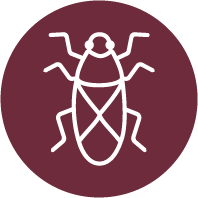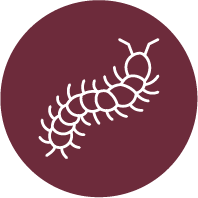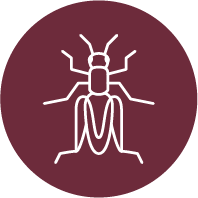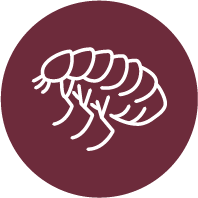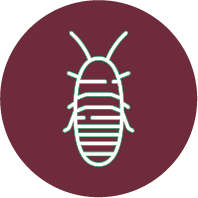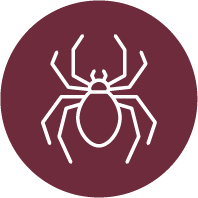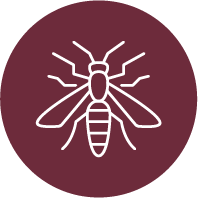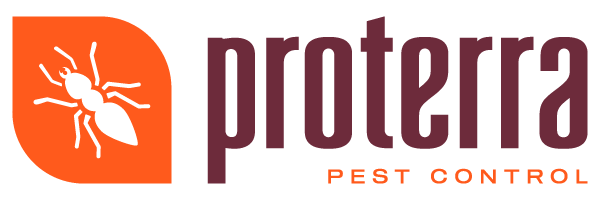The Importance of Ongoing Pest Monitoring
Pests can be a serious nuisance and even threaten our homes, businesses, and the environment. From vermin to bugs to other critters - they are capable of causing destruction to property, contaminating food sources, and spreading diseases. To combat these issues effectively it is necessary not only to address pest problems as soon as possible but also have regular inspections for any potential infestations. In this article we will explore why ongoing monitoring of pests is important for your safety and well-being along with the advantages that come from having a consistent maintenance plan in place against these pesky creatures!
Preventative Measures
By performing regular inspections and utilizing preventative measures, such as sealing cracks in walls and floors, keeping food storage areas clean and organized, you can take proactive steps to avoid future pest problems. Through ongoing monitoring of the property for potential pest issues before they become a major issue, you can identify entry points that pests could use to gain access. As a result of this prevention-centered approach , your chances of experiencing an infestation are significantly reduced.
Early Detection
Proactive pest control is the only solution for problems before they become catastrophic. By staying on top of your property with continuous monitoring and maintenance, you can detect any pests in their early stages and take prompt action to prevent them from spreading throughout other areas or neighboring homes. Not only does this help protect your space but those around you as well! Early detection will keep everyone safe from infestations.
Improved Health and Safety
Pests are a hazard, both to health and safety. Mice, bugs and other creepy crawlies can transmit diseases, contaminate food sources and wreak havoc on structures; all of which can lead to serious consequences for customers or employees--especially in commercial properties like restaurants or food processing plants. The best way to reduce the risk is through regular pest monitoring maintenance - this will help keep pests away from you property as well as mitigate any potential issues that may arise.
Cost Savings
Regular inspections and preventative maintenance are essential for keeping pest problems to a minimum. By using pest monitoring and management, you can detect any potential issues before they become too severe or costly to treat. This proactive approach will not only help reduce the amount of money spent on treatments or repairs, but it may even prove sufficient in eliminating the need for such services altogether!
Peace of Mind
To add an extra layer of comfort, ongoing pest monitoring and maintenance is essential. Inspecting a property for potential pests on a regular basis not only helps protect the home itself but also ensures that everyone living in it remains safe from infestations. Homeowners, especially those with families to care for, can rest assured knowing their investments are safeguarded by consistently keeping up with pest control measures.
Ultimately, ongoing pest monitoring and maintenance is imperative to keeping homes, businesses, and the environment safe from pests. Regular inspections and preventative actions can help stop future infestations before they even occur while early detection will avoid major issues in the long run. There are a multitude of benefits that come with regular pest monitoring including improved health & safety, cost savings, and peace of mind - you won't regret it! Don't leave anything up to chance – take action by beginning your own comprehensive program for pest monitoring today.
